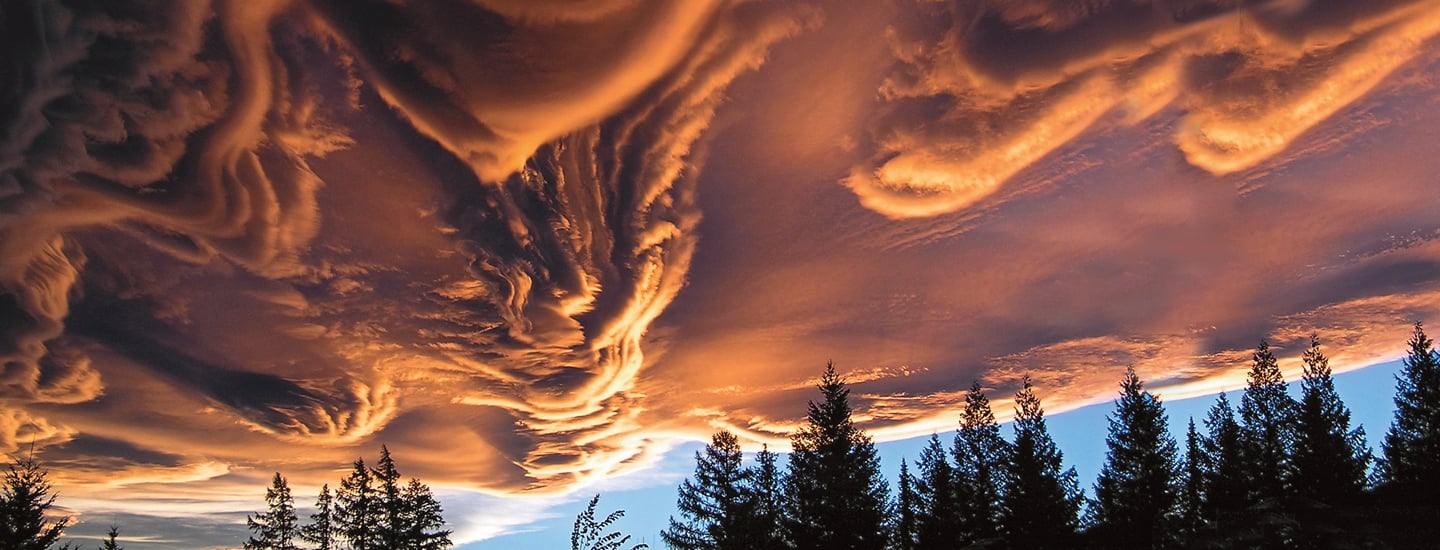You’ve probably spent some time looking up at clouds. One might look like a rabbit, another like a car. Meteorologists classify clouds based on their appearance and other features. They record this information in the International Cloud Atlas.
A team of scientists recently added 12 new types of clouds to the atlas. Science Spin spoke with Steve Cohn, the scientist who led the team that gave the atlas its first update in 30 years.

